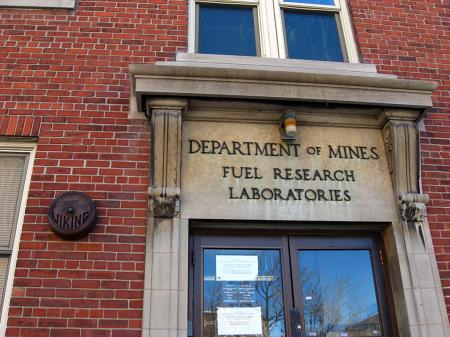Batrachochytrium dendrobatidis is devastating communities of amphibians worldwide. Strangely enough, this may partially be because of pregnancy testing. Between the 1930s and 1950s, a curious property of the African clawed frog (Xenopus laevis) was exploited: human chorionic gonadotropin (HCG), which is present in the urine of pregnant women, stimulates egg production in these animals. As a result, commercial trading spread them – and the fungi that afflicted them – around the world.
Which the clawed frogs are affected by the fungus and act as carriers, it doesn’t kill them. Other species are not so fortunate. Now, more than 100 species of amphibian have been infected by the fungus, which colonizes the skin. The spread of the disease varies according to altitude and temperature. In the right conditions, it can kill 85% of the amphibians in an area.
In the case of some species that have been especially badly affected, conservationists have taken the desperate step of removing the last living creatures from the wild:
Rather than letting the animals become extinct, a number of conservationists have started gathering up frogs believed to be doomed — in some areas collecting every last individual of a species — in an effort to enable some to persist in captivity. Some believe it would be worth causing the extinction of a species in the wild if it prevents the species from disappearing altogether.
Some captive breeding programs have been more successful than others, but all are symbols of the unpredictable and destructive impacts of human activities on the natural world, as well as our imperfect ability to counteract them.
Even if the frogs are successfully kept alive in captivity, it is dubious whether they can ever be returned to the wild. In addition to ongoing climatic changes, the simple fact of their removal will fundamentally change the ecosystem in which they lived. Their absence might disrupt the food web, or some other creature might change its location or behaviour to fill the gap. In any event, it is unlikely that many of these frogs will ever be part of a natural breeding population in the wild again.





